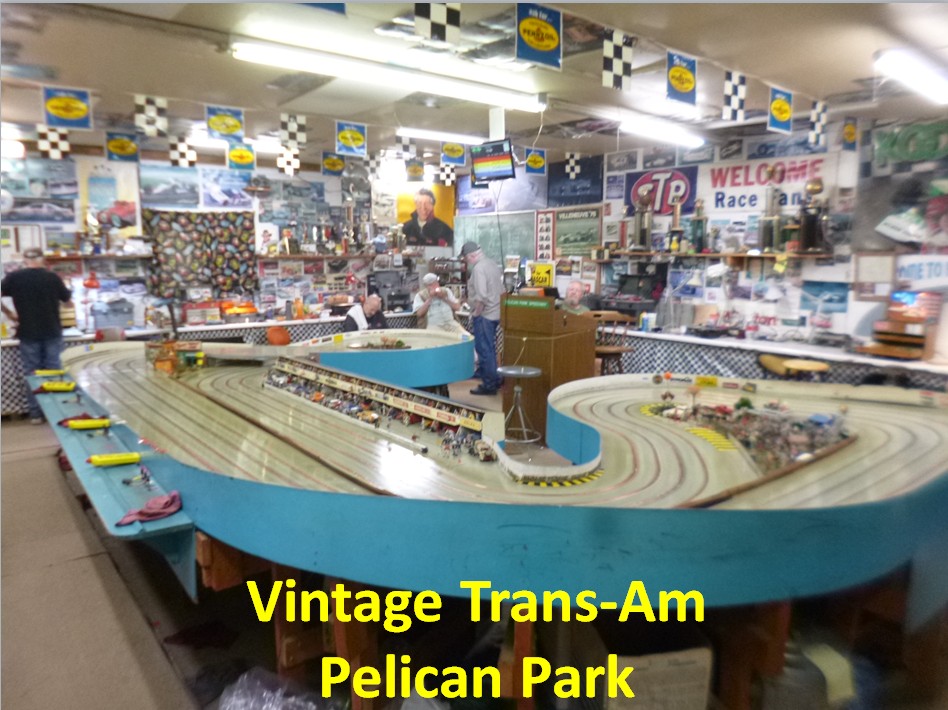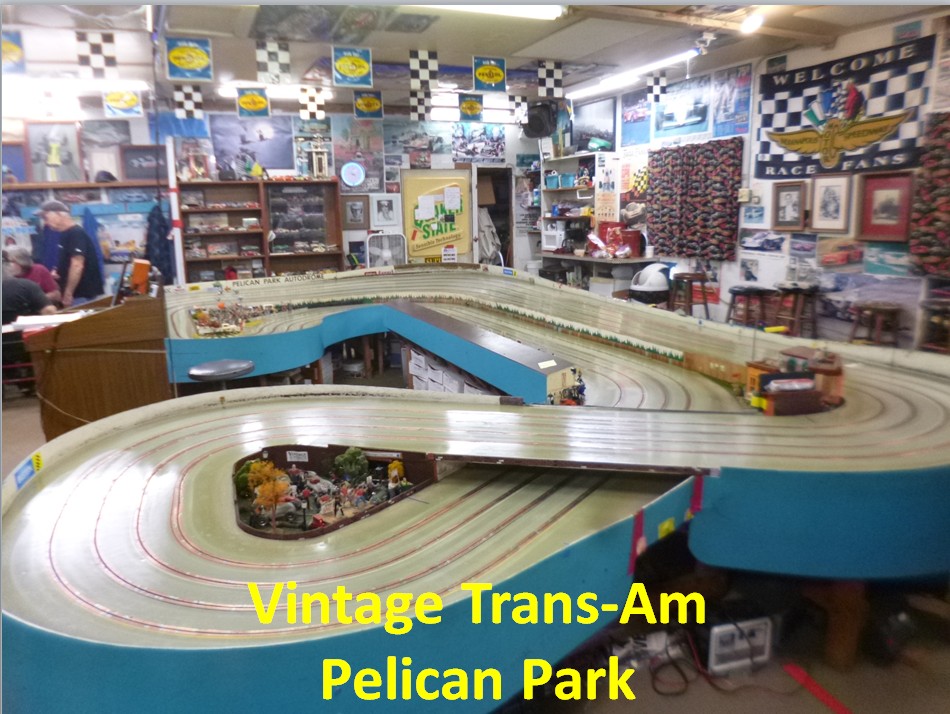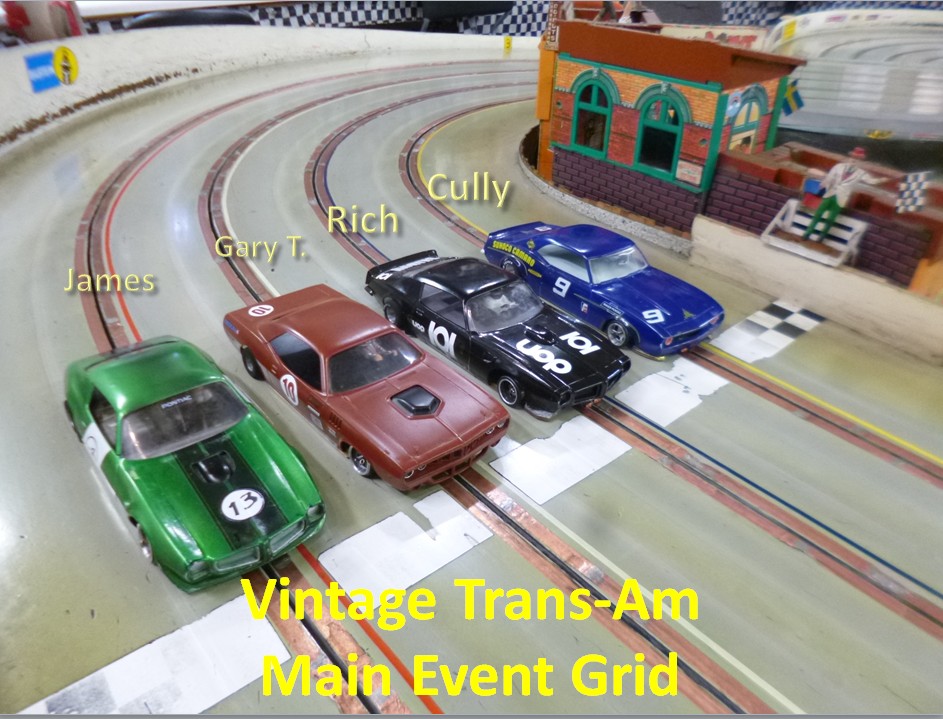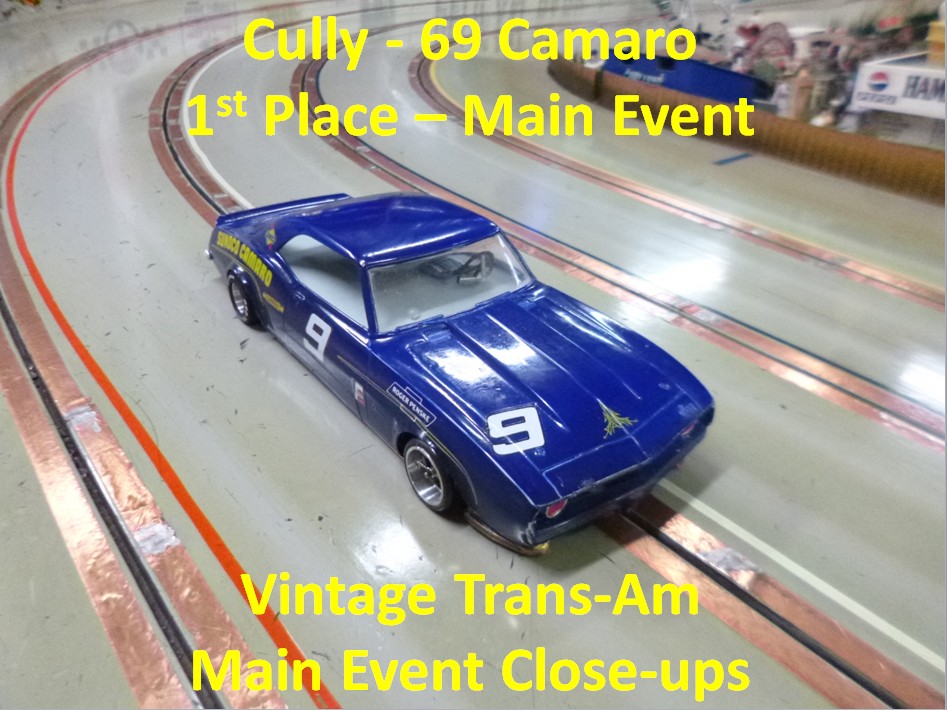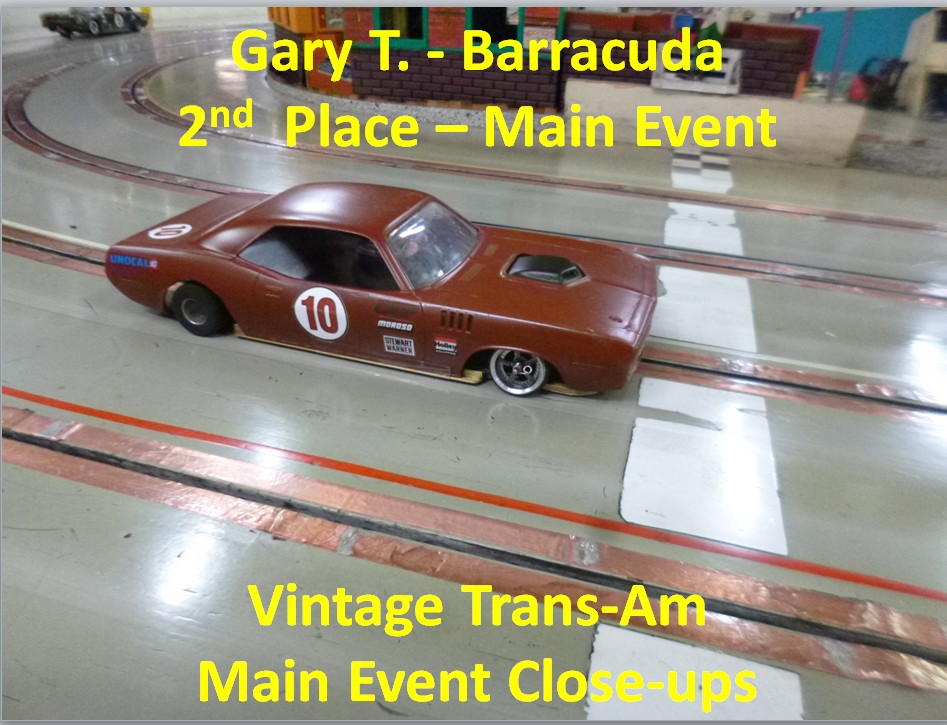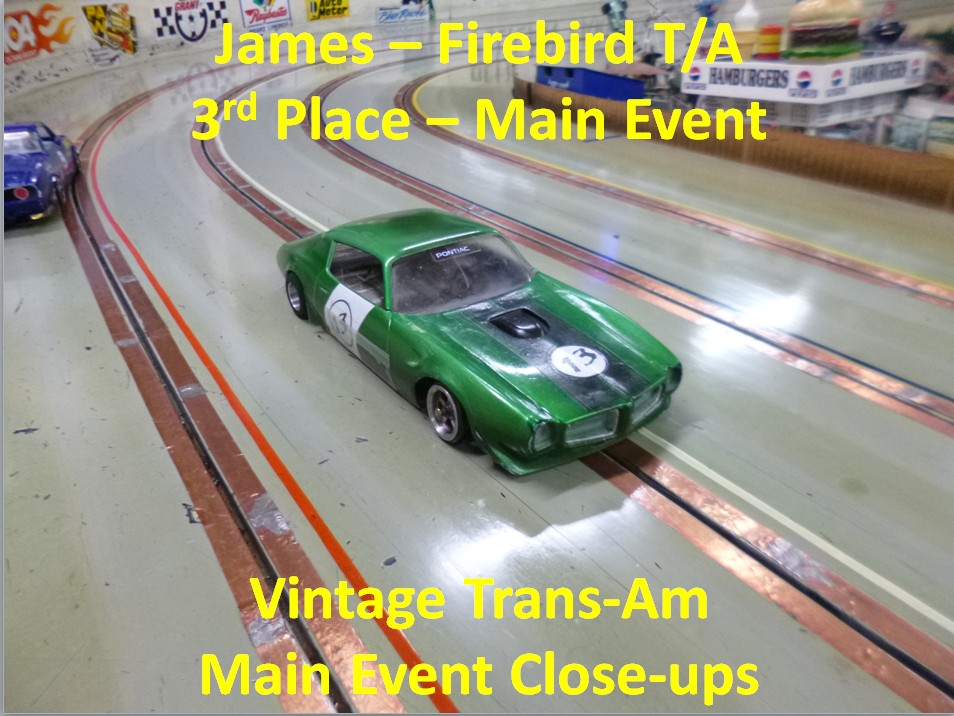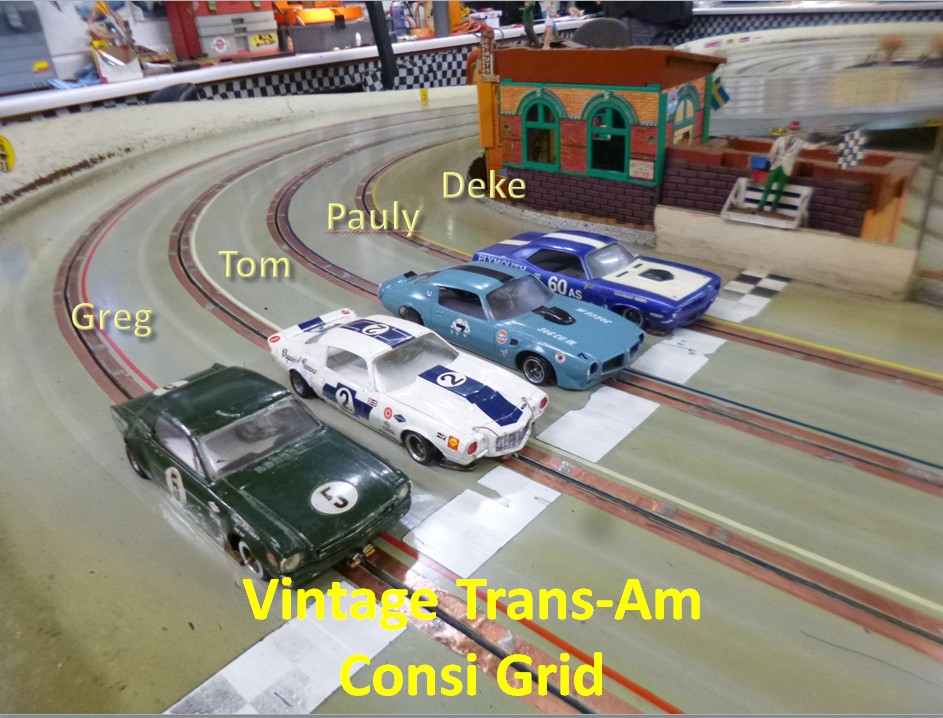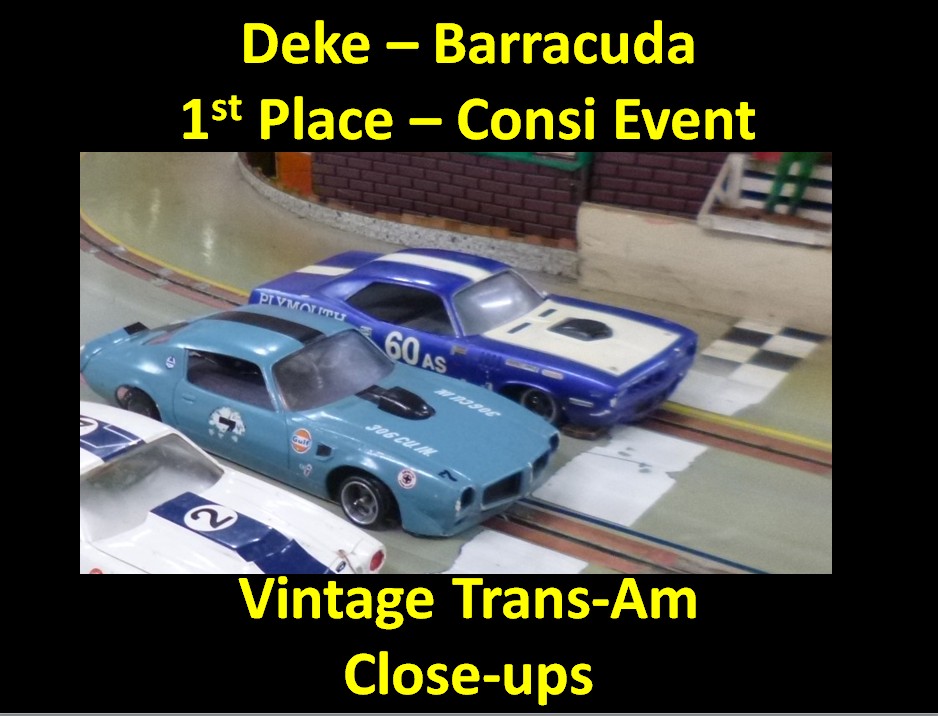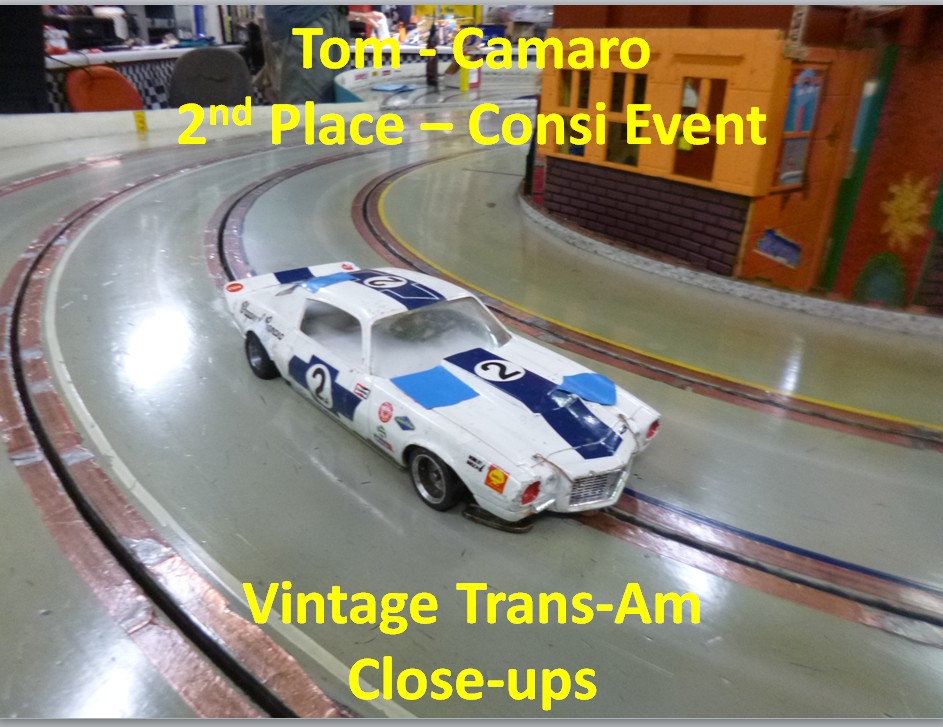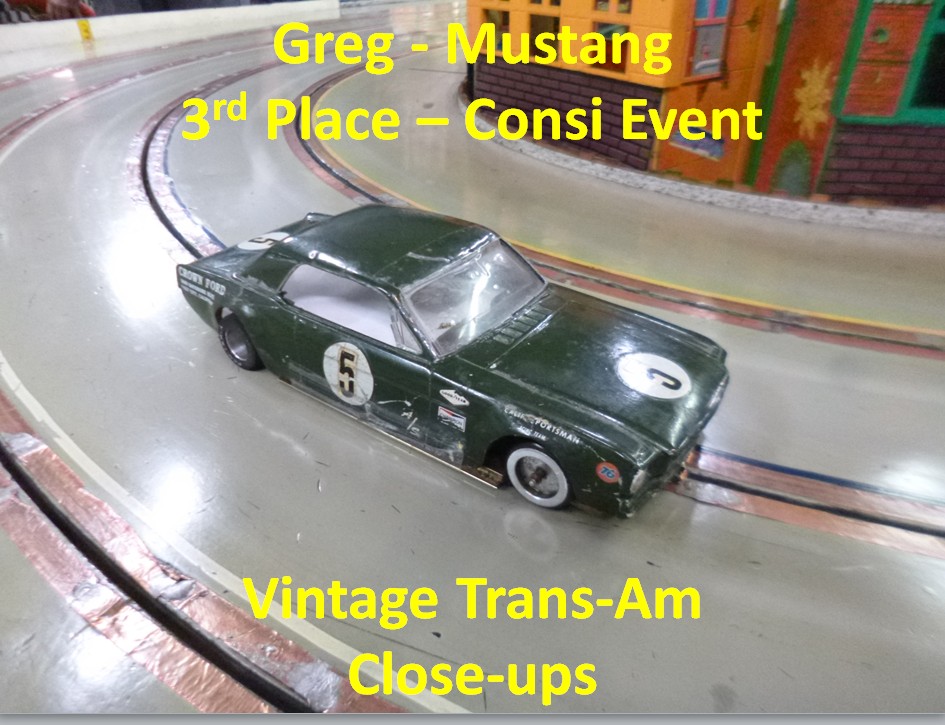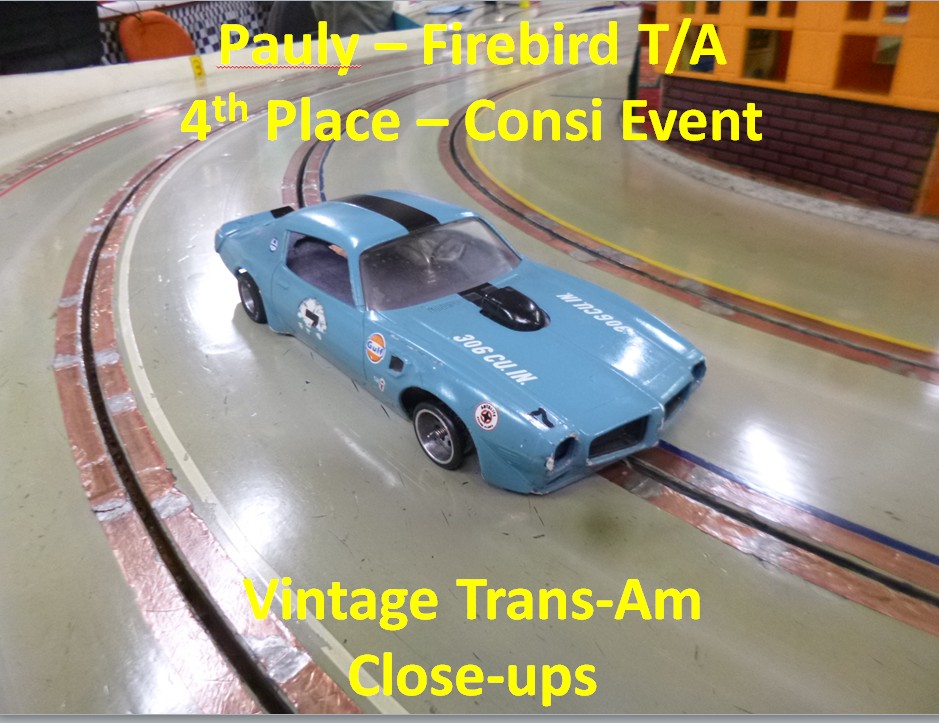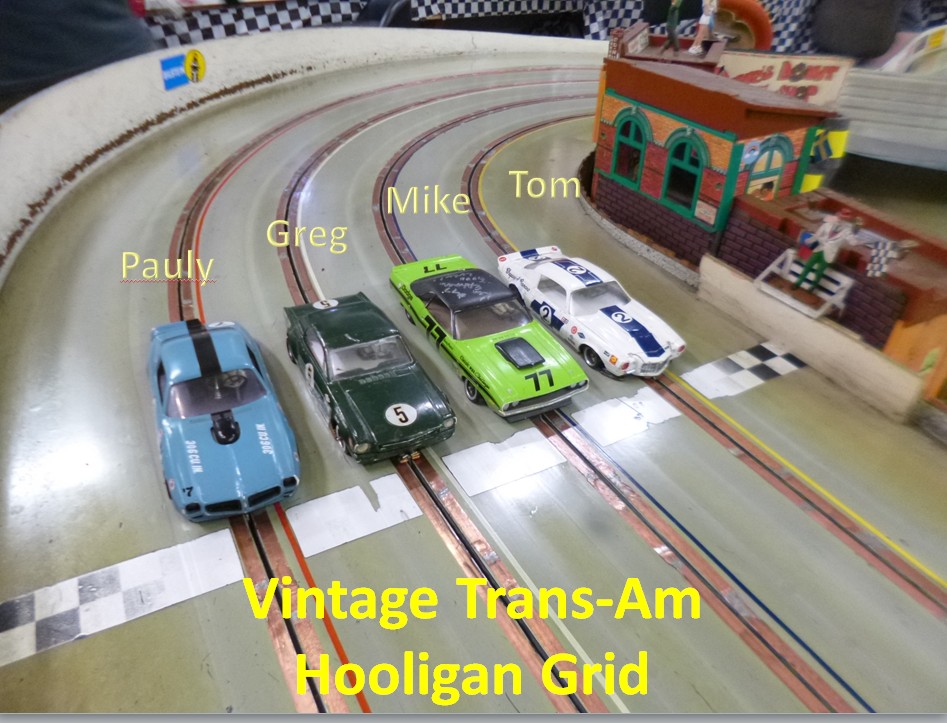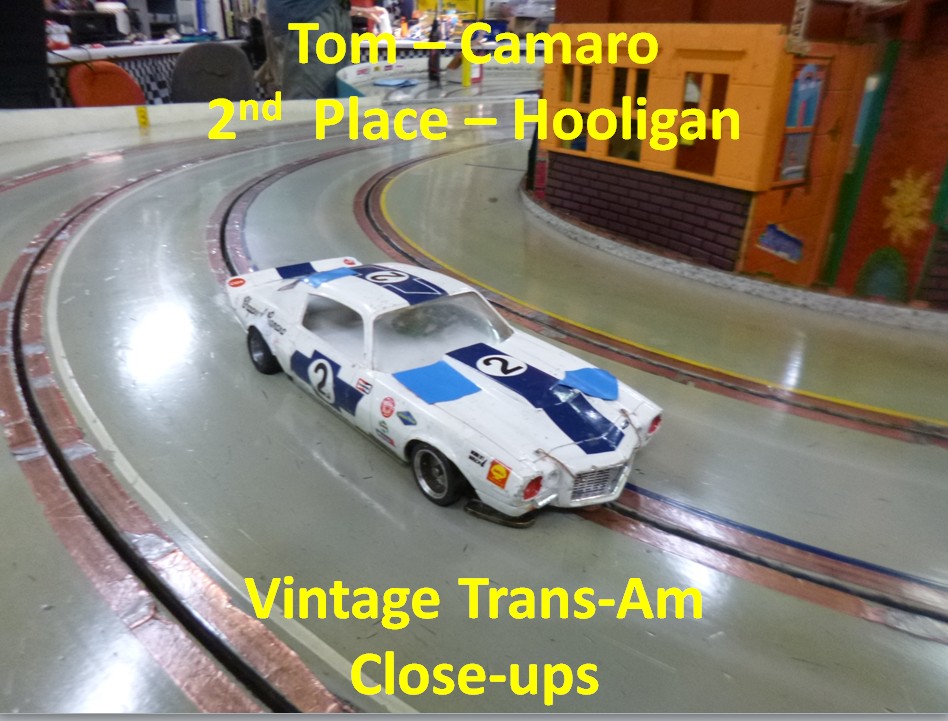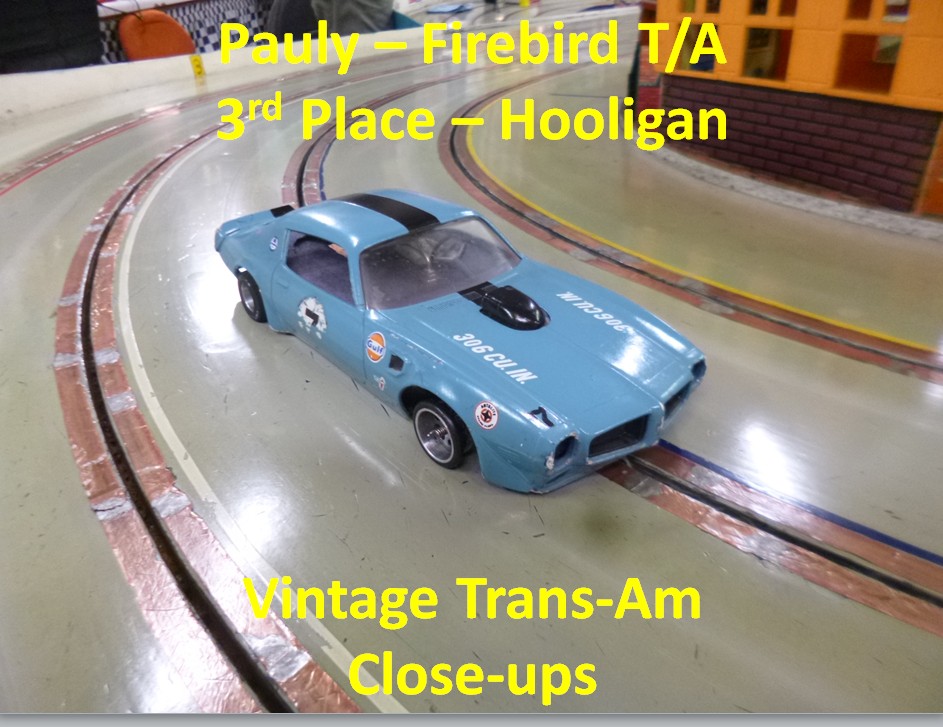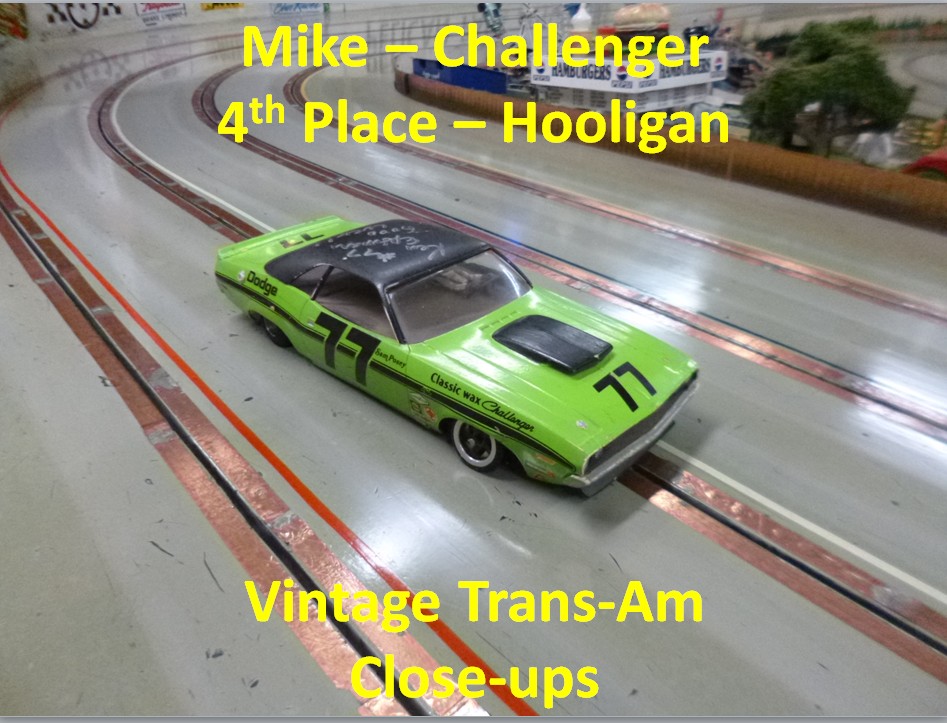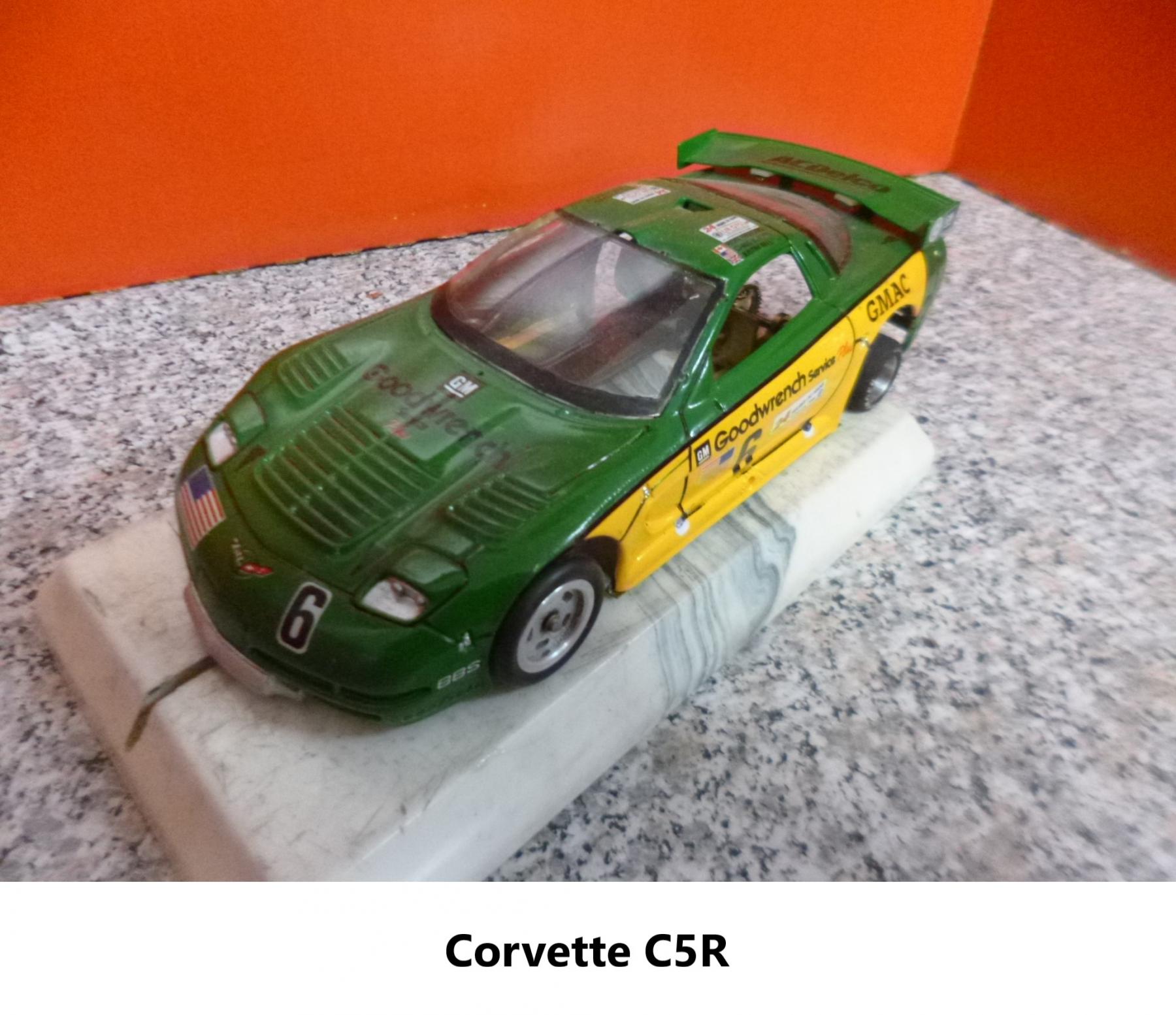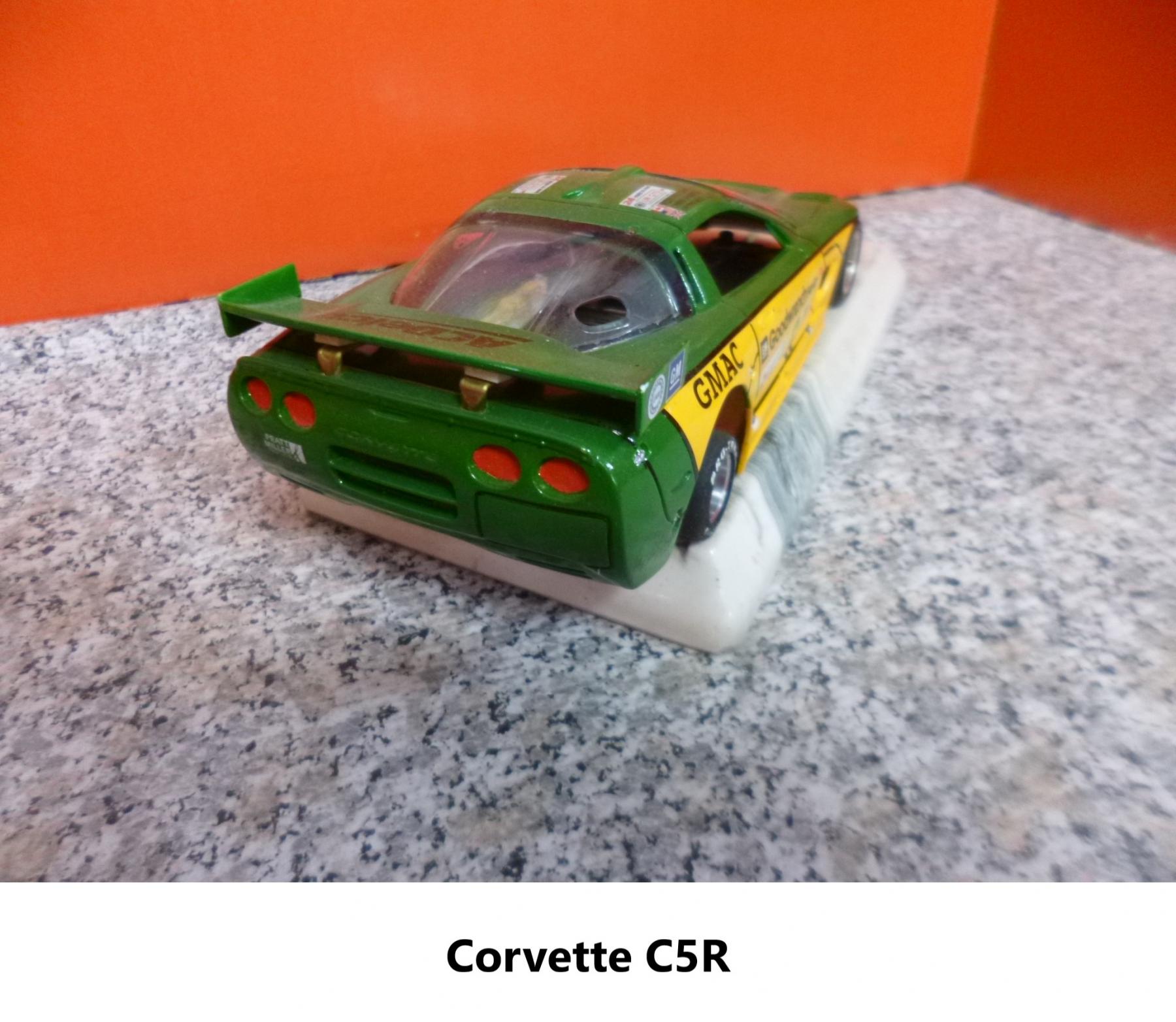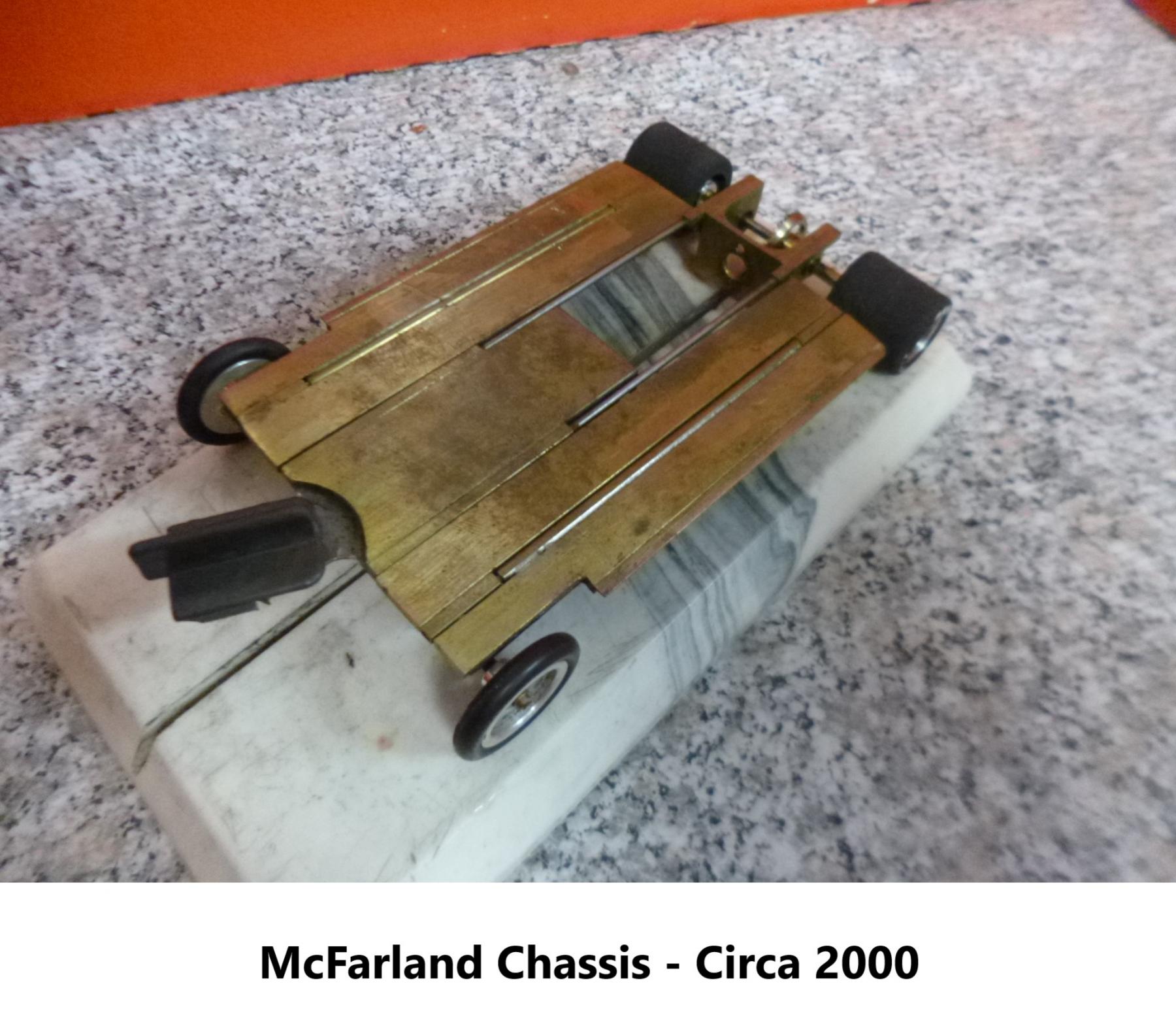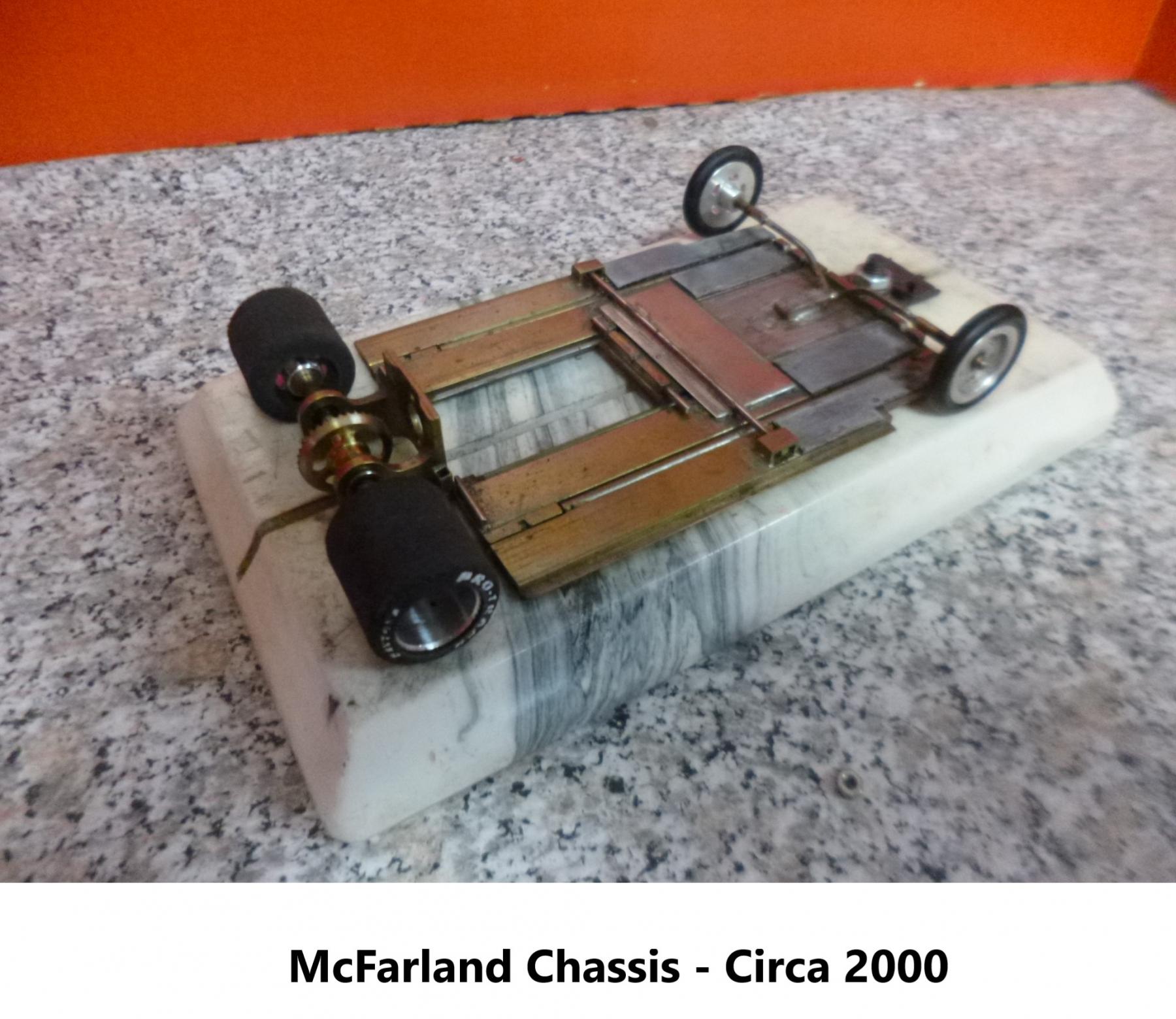It had been years since I last set foot in the Pelican Park slot car club in Eugene, Oregon—but after just one night back at the track, I was hooked all over again. Simply put: racing at Pelican Park is an absolute blast.
Founded in 1989, Pelican Park has built a rich tradition of craftsmanship, competition, and camaraderie. This private club isn’t just a casual meetup of hobbyists—it’s a community of hardcore slot car racers, many of whom have been building and racing for decades. These folks know their stuff, and when the lights go green, no quarter is given—and none is expected.
What makes Pelican Park so special isn’t just the high level of competition. It’s the energy. Results of every race are earned. Every heat matters. And when someone makes the Main Event, you can bet they fought tooth and nail to get there.
The Format: Earn Your Spot or Fight From the Back
Racing at Pelican Park isn’t just fun—it’s intense. The night’s structure is what I like to call a “rise to the level of your incompetence” format. With up to 12 racers, competitors battle through qualifying heats and semi-mains, gradually sorting into one of three finals:
- Main Event – the top four competitors.
- Consi – the next best four.
- Hooligans – the rest fight it out for bragging rights.
Each heat is a 50-lap battle, and consistency is key. A strong finish moves you up the ladder. Mistakes send you tumbling. If there are fewer than 12 racers, the remaining Hooligan grid spots are filled by the Consi’s poorer performers.
Editor’s Note: By some combination of luck, strategy, and avoiding major wrecks, I managed to make the Main Event! Crashes, mechanical gremlins, and a bit of good fortune played in my favor—but I only had two offs all evening, and that made the difference.
Race Night: Vintage Trans-Am on the Grid
Pelican Park runs 13 unique classes on a rotating weekly schedule. On June 18, 2025, the featured class was Vintage Trans-Am, a true fan favorite.
Every car on the grid sported a scratch-built brass and wire inline chassis, handcrafted to perfection. Power plants were either sealed Parma Deathstars or ProSlot 16Ds delivering just the right mix of power and control. The bodies? Beautifully detailed 1/24 or 1/25 scale replicas of 1966–1972 Trans-Am “pony cars.”
The field included nine cars and was a showcase of variety and craftsmanship:
- 3 Firebird Trans-Ams
- 2 Plymouth Barracudas
- 1 Dodge Challenger
- 2 Camaros (’69 and ’72)
- 1 Ford Mustang
Each car was a stunner, dialed in and ready to race. Below, you’ll find photos of the full field along with close-ups of the cars from each final.
In Conclusion: I’ll Be Back
I had more fun at Pelican Park than I’ve had in a long time. The racing was tight, the people were welcoming, and the track itself was a blast to drive. Huge thanks to the Pelican Park crew for their hospitality—and for putting on such a well-run event. I’ll definitely be back for more!




